Solar PV Silicon teaches students about the properties of silicon and why it is unusually well suited for use in producing solar photovoltaic power.

Solar PV: Balance Of System & System Design teaches students how solar PV systems can be engineered to meet different situations and goals. Learn what equipment is needed to make various systems work and what each piece of Balance of System equipment does.
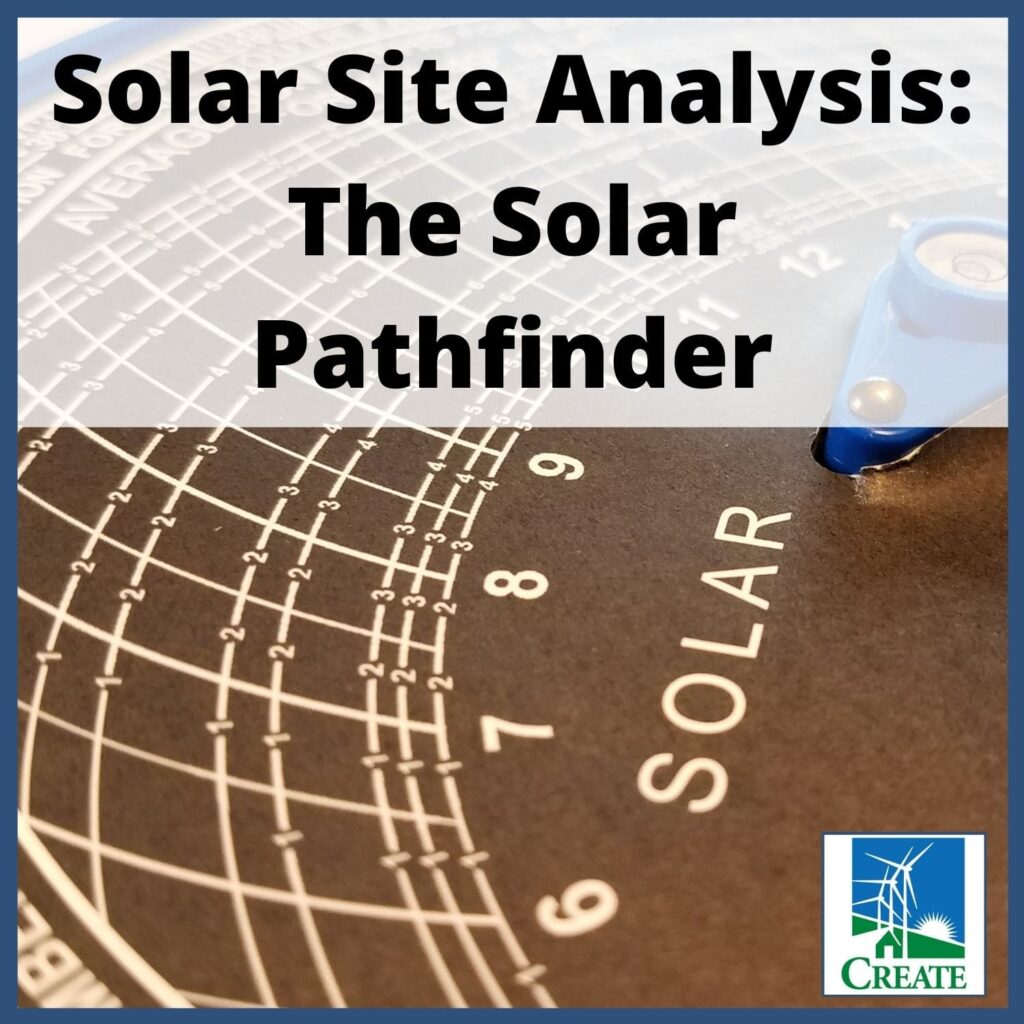
Solar Site Analysis: The Solar Pathfinder teaches students how to use a Solar Pathfinder — a solar industry “tool of the trade” — to measure and evaluate the percentage of sunlight available for a specific site in a relevant setting.
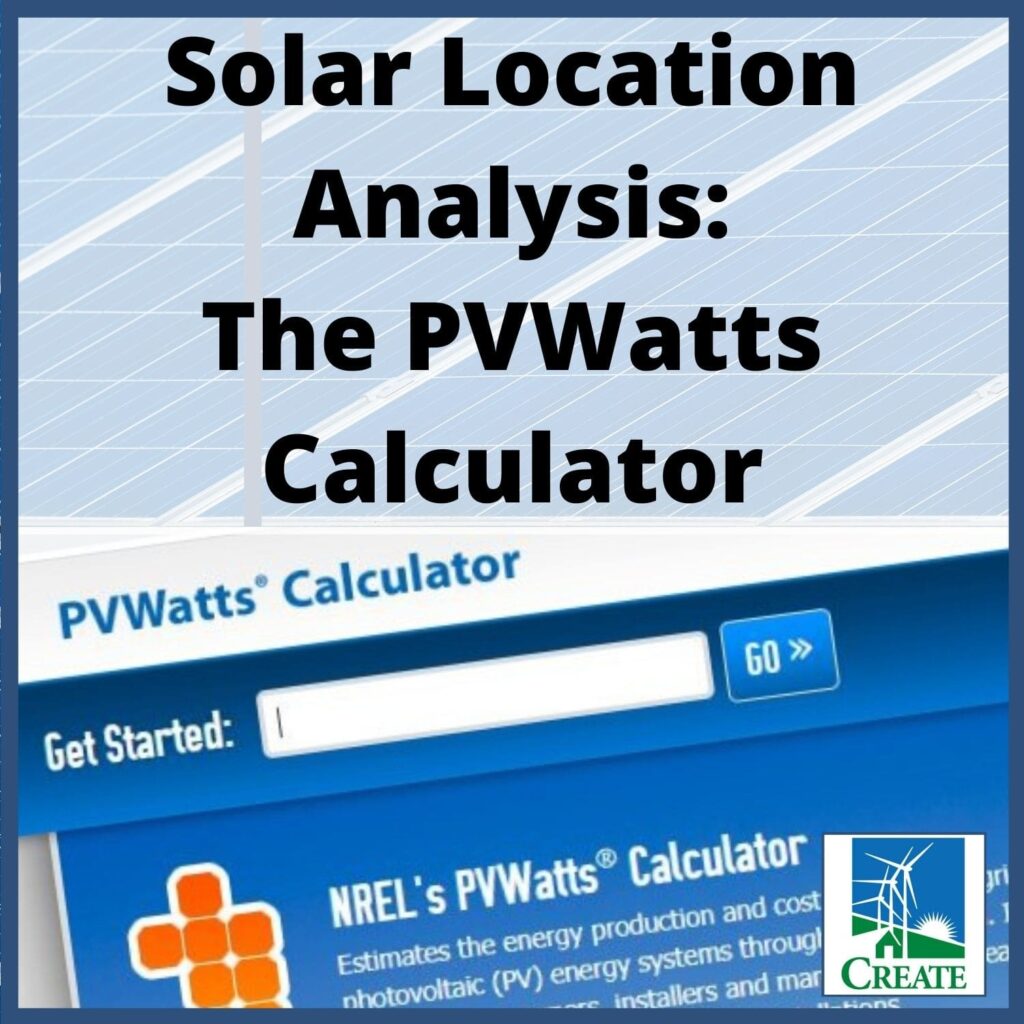
Solar Location Analysis: The PVWatts Calculator is an excellent introduction to NREL’s PVWatts calculator – a standard, online “tool of the trade” in the solar industry. Students estimate the electricity production of a grid-connected solar PV system for several places across the globe.

Measuring Sunlight: The Pyranometer is a hands-on, interactive lesson. It introduces students to the pyranometer — a solar industry “tool of the trade” — and how it’s used. Students also learn about, and then assess, some of the variables that have an effect on the sunlight received by a solar panel.
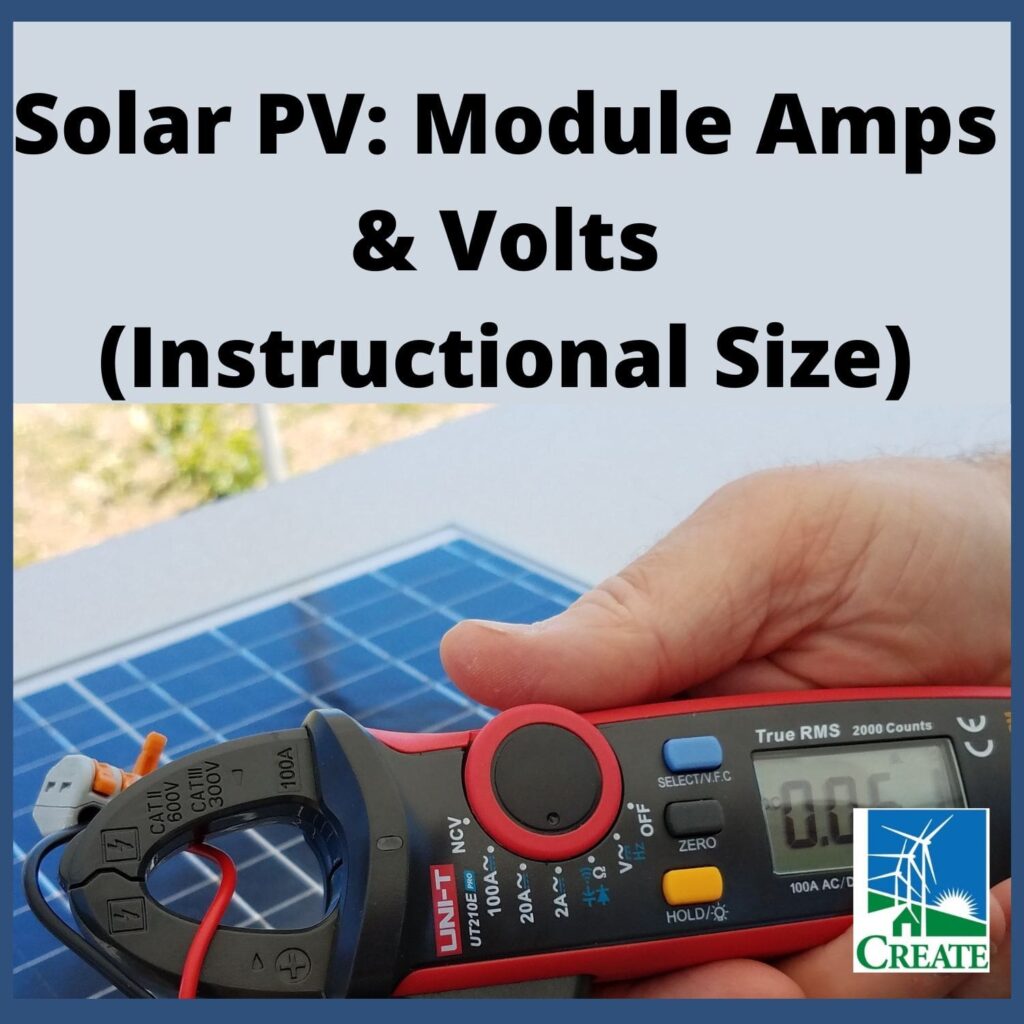
What are the primary environmental factors that affect solar PV module performance? In Solar PV: Module Amps & Volts (Instructional Size), your students will use industry tools of the trade to make common solar PV measurements to determine what affects module performance and how performance is affected. This lesson is written to be used with small, instructional (classroom size) modules.

What are the primary environmental factors that affect solar PV module performance? In Solar PV: Module Amps & Volts (Residential Size), your students will use industry tools of the trade to make common solar PV measurements to determine what affects module performance and how performance is affected. This lesson is written to be used with large, residential, or commercial size modules.

With Solar PV: Watts From The Sun, students measure basic solar module performance characteristics (Amps, Volts, Watts) to determine how much electricity a classroom solar panel produces. Then, they use solar PV module production data to size a PV array to different electrical load requirements.
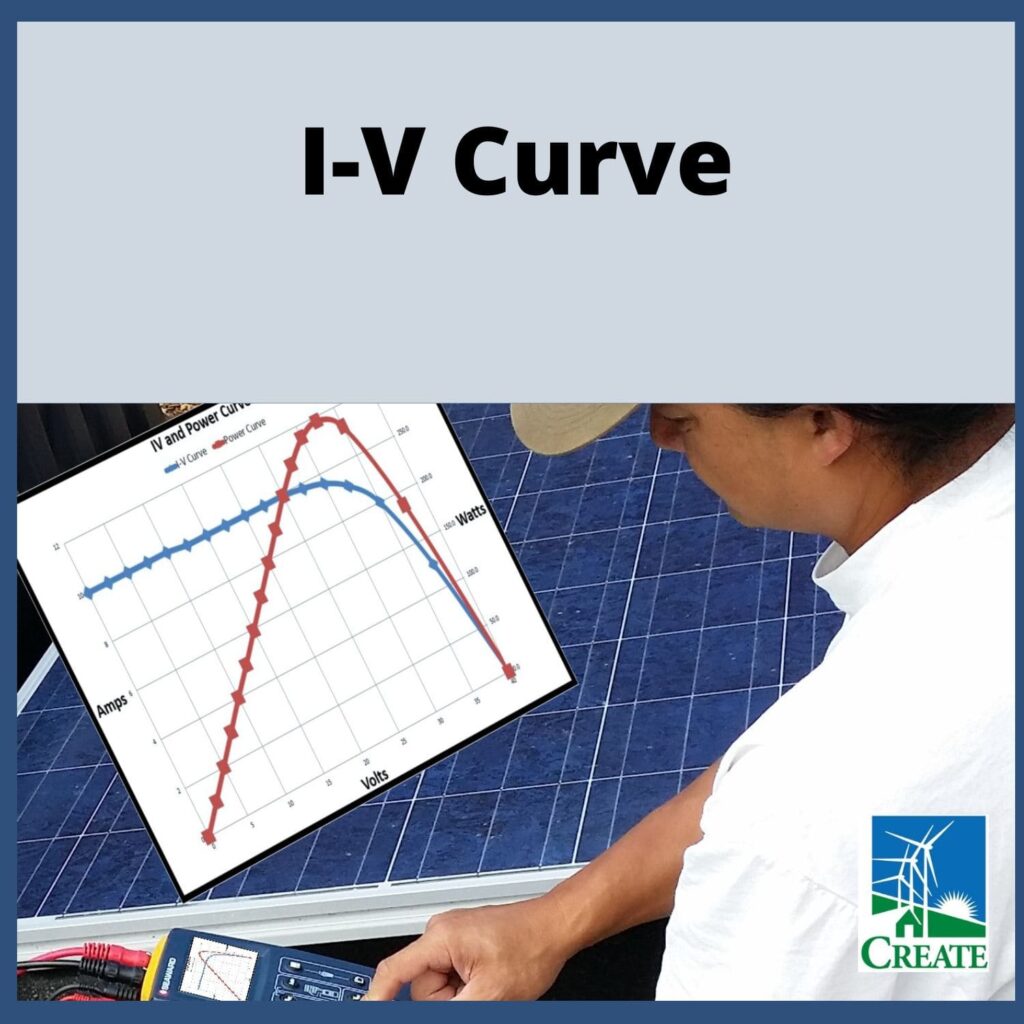
An I-V Curve (Current-Voltage) tracing is commonly used to verify the performance a solar PV module or array. In this lab activity, students will produce several I-V curve traces on a module and draw critical conclusions from the data they display.
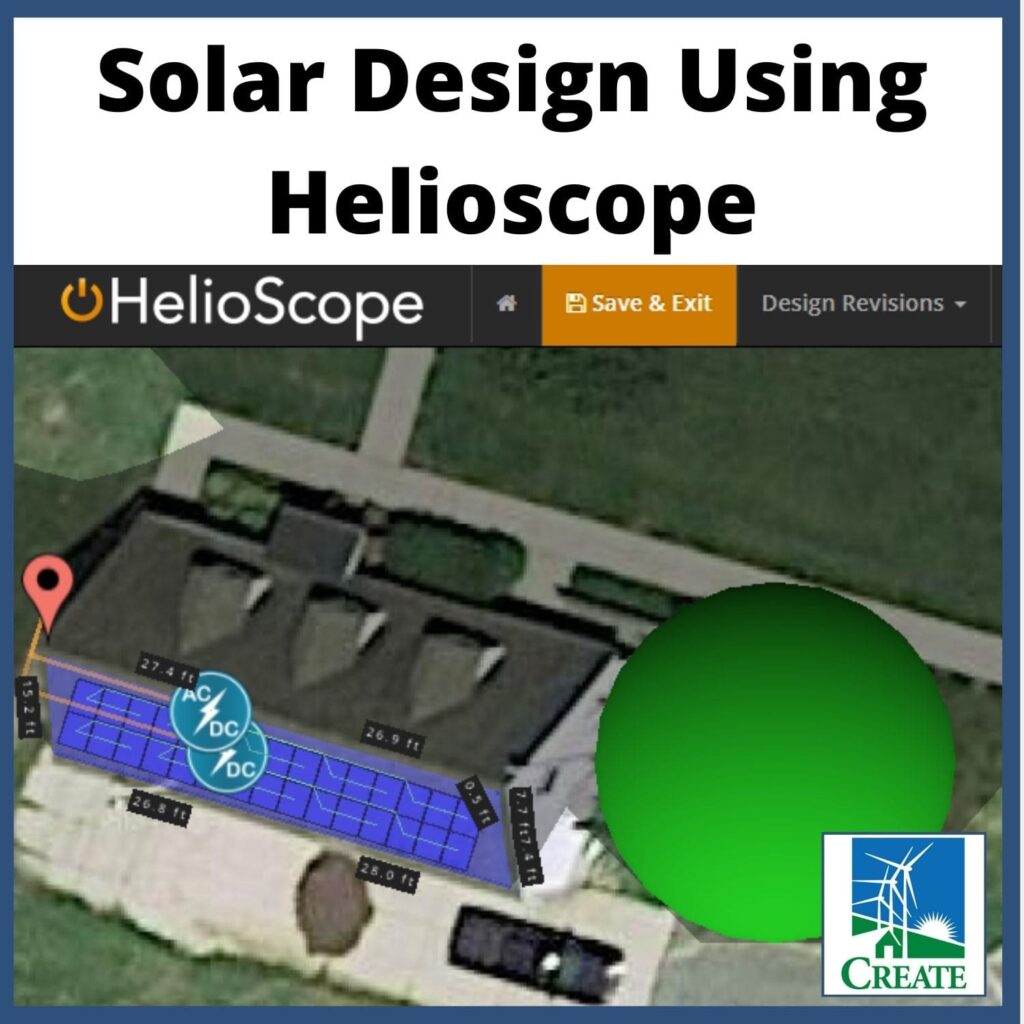
Solar Design Tool: Helioscope is a web-based program to help solar professionals create proposals. Learn how to get access to a free educator account for teachers and students during a course. Students will learn how to create solar designs and model obstructions including trees, as well as select modules and inverters and create a professional solar proposal. This is in depth design tool to be used after students have used PV Watts.

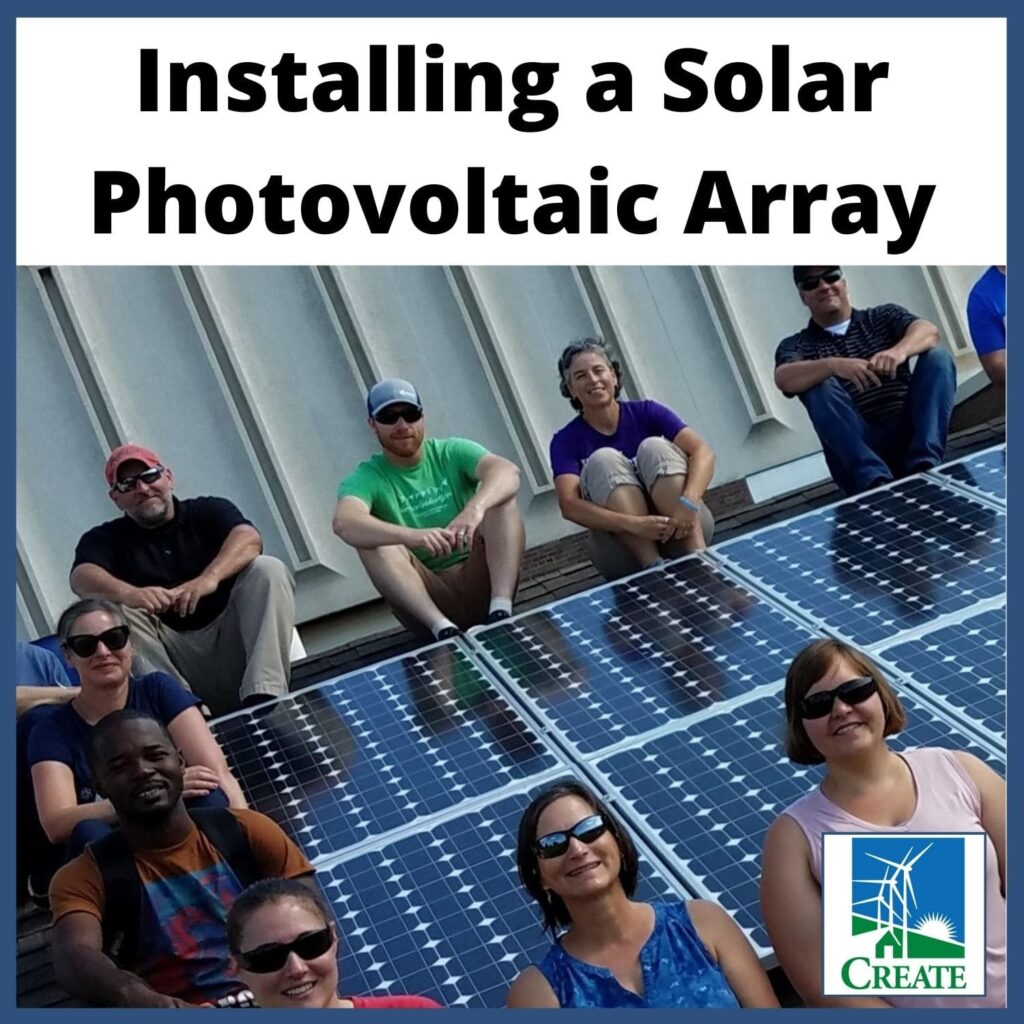
Watch this video to learn many of the steps involved in Installing a Solar Photovoltaic Array. If you’re a teacher, pay special attention. This is one of the activities you’ll carry out when you attend our next STEM Educator (in-person) Solar Institute. It will probably be the most engaging workshop activity you’ll ever perform!
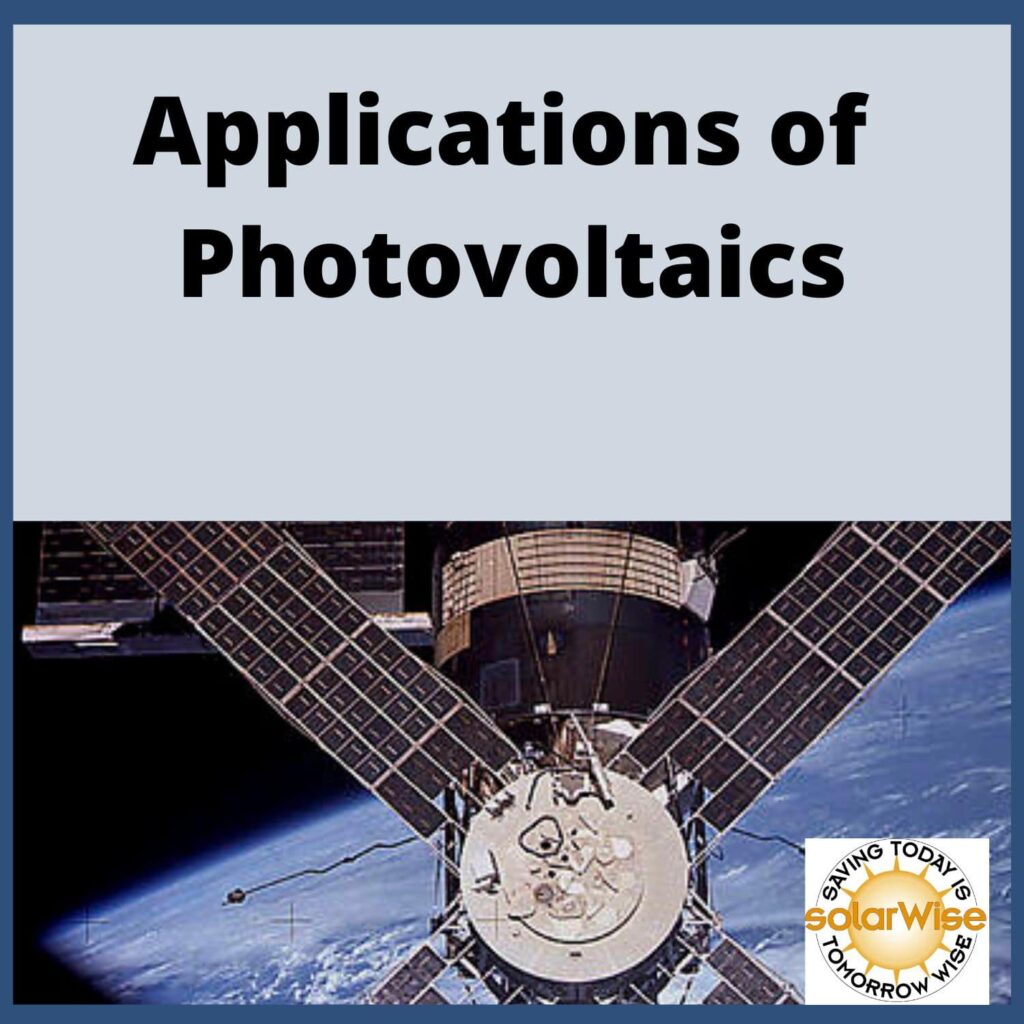
In Applications of Photovoltaics, students survey the incredible variety and practicality of PV applications used every day in the world right now.
To view teaching materials for additional Energy topics, select a category below.
CREATE Teaching Materials are made freely available under a Creative Commons Attribution, Non-Commercial, Share Alike license (CC BY-NC-SA). Please view the Creative Commons License if you intend to copy and redistribute this material in any medium or format, or adapt, remix, transform, or build upon this material. For a summary of the Creative Commons License, please view our full terms and disclaimers.
CREATE expresses its gratitude to the Wisconsin Public Service SolarWise for Schools Program for sharing these Energy lesson plans with us.
To access additional Energy Education Resources, visit our Resources page.
Copyright @ 2025 CREATE National Energy Center
This material is based upon work supported by the National Science Foundation under Grant #2201631. Any opinions, findings, and conclusions or recommendations expressed in this material are those of the author(s) and do not necessarily reflect the views of the National ScienceFoundation.